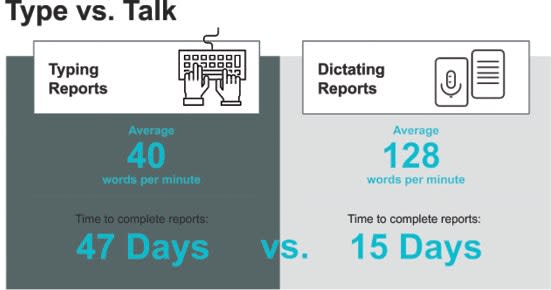As I worked my way up through the ranks, I saw the value of this approach first-hand. Before long, I could dictate the equivalent of a seven-page DUI report while driving between the jail and the post office to mail the blood kit downtown, several miles away. I could capture the information while it was fresh in my mind, and I could do it with my eyes on my surroundings in lieu of sitting in an office hand-typing the report.
Today as division chief, my responsibility isn’t just to serve the public, it’s to support and serve our field personnel. And as we embarked on a project to upgrade our legacy RMS, we saw an opportunity to improve our dictation and transcription processes too. With recent advances in speech recognition technology, we could automate the resource-intensive task of transcription, redeploying non-sworn employees to other records management roles. Doing so would reduce the cost of our RMS replacement project, while substantially accelerating report creation.
The Pilot Program
We researched our options and decided that Dragon for law enforcement from Nuance was the only viable utility. Nothing else had the level of functionality and customization we needed to support the practical realities of day-to-day law enforcement.
So, we designed a pilot that would thoroughly test the technology’s potential impact. We selected some officers who were great at dictation and others who were still mastering the art. We chose some for their computer literacy and others for their technophobia. We included detectives, administrators, and a range of patrol shifts to ensure we were testing Dragon in multiple locations and scenarios on multiple desktop and mobile platforms.












